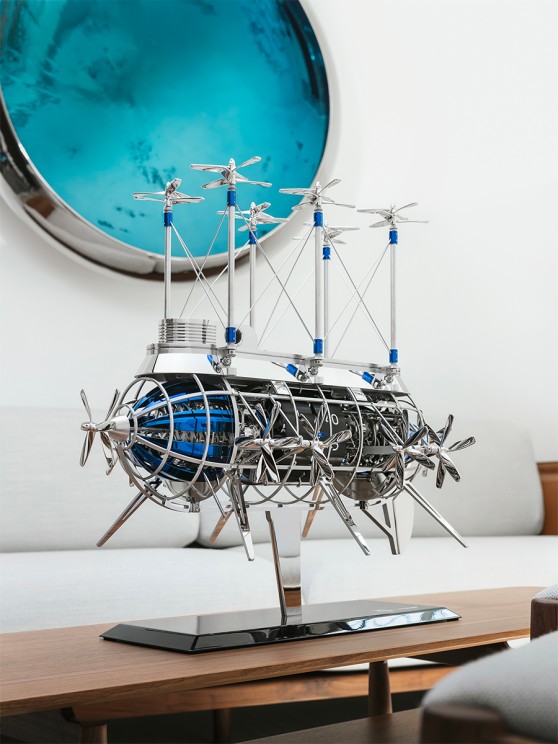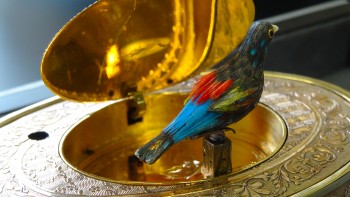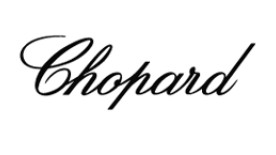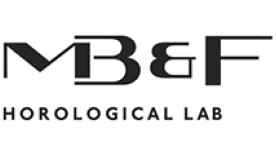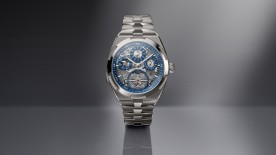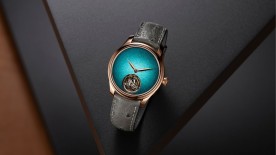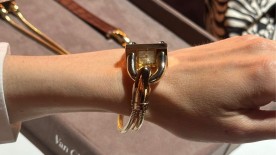The saying is clear: “To know where you’re going, you need to know where you’ve come from.” But quoting a cliché isn’t enough, and it’s no good just stating the obvious. How many brands have we seen boast about “inventing” something when, in fact, examples of it can be found decades, if not centuries, earlier?
First Mention
Tracing the history of automata means delving deep into the past. Let’s begin with the first recorded use of the word itself, which appeared in the early 16th century, courtesy of French author François Rabelais. This gives us a clue: there’s no point looking for mentions of automata – literally, “that which moves by itself” – before the year 1532, as the word seemingly didn’t exist before then.
So let’s move on. And since we’re in the early 16th century, we won’t be considering wristwatches either – they, of course, hadn’t been invented yet.
Instead, we’re in the early days of pocket watches, believed to have first been created by locksmiths in Italy around 1510, as Dominique Fléchon notes in his anthology, ‘The Mastery of Time’. But with the challenges of miniaturisation already abundant, it’s safe to assume that automata were not part of these early timepieces!
Heading East
So, to find the first automata, we need to think bigger and find space to house more powerful driving forces. This leads us to the Arab world. The creative genius and rare erudition of Al-Jazari (1136-1206) brought the first automata to life as early as the 12th century. His creations included humanoids, water clocks and piston-driven mechanisms.
His most famous creation, the ‘Elephant Clock’, is detailed in his only surviving written work, ‘The Book of Knowledge of Ingenious Mechanical Devices’. Independent watchmaker John-Mickaël Flaux recreated this masterpiece as a wristwatch in 2022.
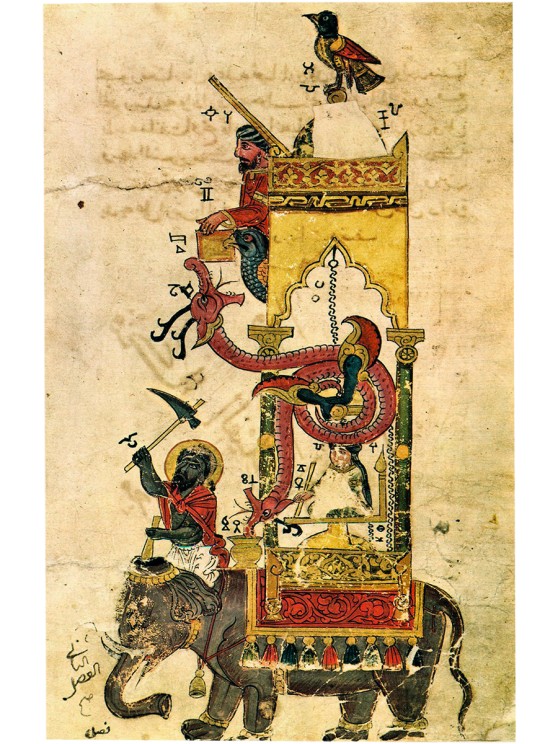
Back to the West
In Europe, without the issue of miniaturisation, which constructions had the necessary space and power to drive automata? Cathedrals. It is here that we find the earliest traces of European automata. It would appear that Strasbourg Cathedral holds the title of pioneer, with its original mechanism built between 1352 and 1354, featuring automata of the Three Wise Men.
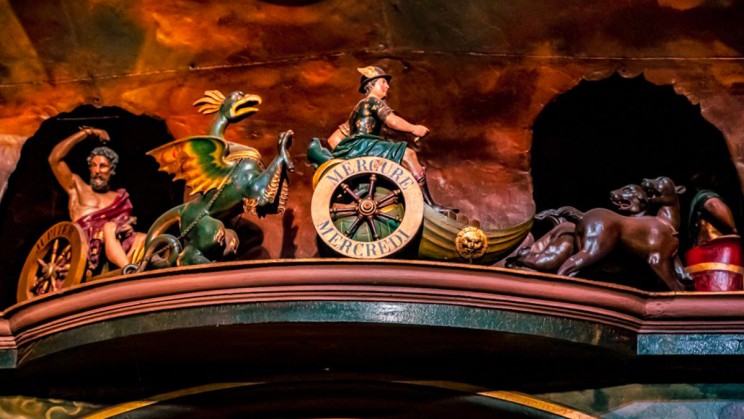
For the next three centuries, religious representations would dominate automata creations. It’s no surprise that it took the Enlightenment, with its challenge to the beliefs and superstitions of the Middle Ages and Renaissance, to free automata from the church’s influence and introduce animated objects that served other purposes. And in Europe, who after God was the most central figure? The king.
It was during the reign of absolute monarchy, particularly under Louis XIV in France, that new automata began to flourish. In 1706, Antoine Morand’s clock found its place at the Palace of Versailles. Two cherubs strike bells, and Louis XIV himself moves forward to be crowned by Glory, who descends from the top of the clock. This remarkable piece is still on display at the palace today.
The Story Continues... in Switzerland
Around the same time, in Switzerland, the ingenious inventor Pierre Jaquet-Droz established his first workshop in La Chaux-de-Fonds in 1738. His legacy is well-documented: he and his descendants dazzled royal courts and empires around the world with automata, many of which can still be seen today, both at Jaquet Droz and in Neuchâtel.

From this point on, the tradition of automata never left Swiss workshops, evolving from sacred themes to secular ones, and even to the profoundly risqué. Who hasn’t heard of the erotic automata by Ulysse Nardin?
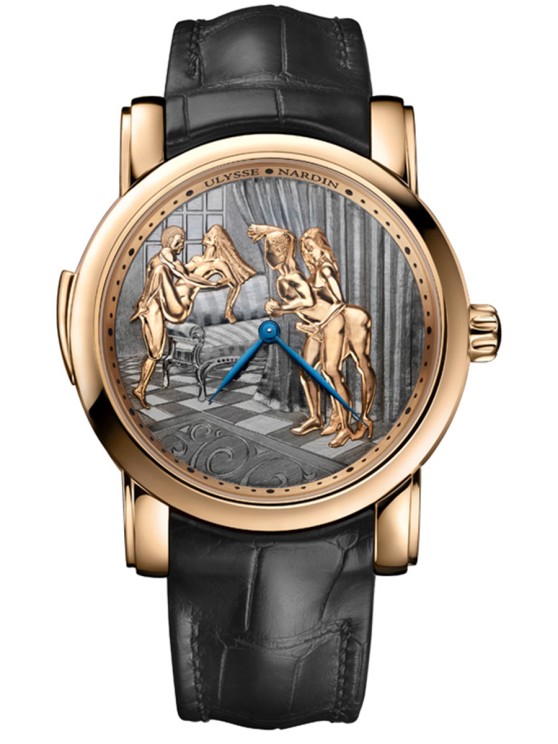
Automata in the Modern Era
More recently, Blancpain revived the use of automaton watches in the 1980s, followed by Chopard and Audemars Piguet. Watchmaker Svend Andersen, who worked behind the scenes for several of these brands, was joined by Christophe Claret in Le Locle, who created playful (Poker) and historical (Napoleon) automata.
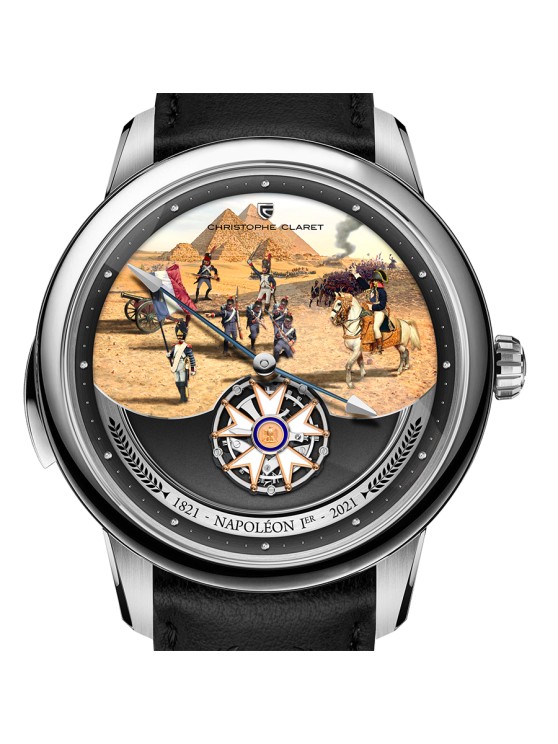
Most strikingly, Jaquet Droz is now reinterpreting its heritage with bold, unique creations that push the boundaries of tradition.
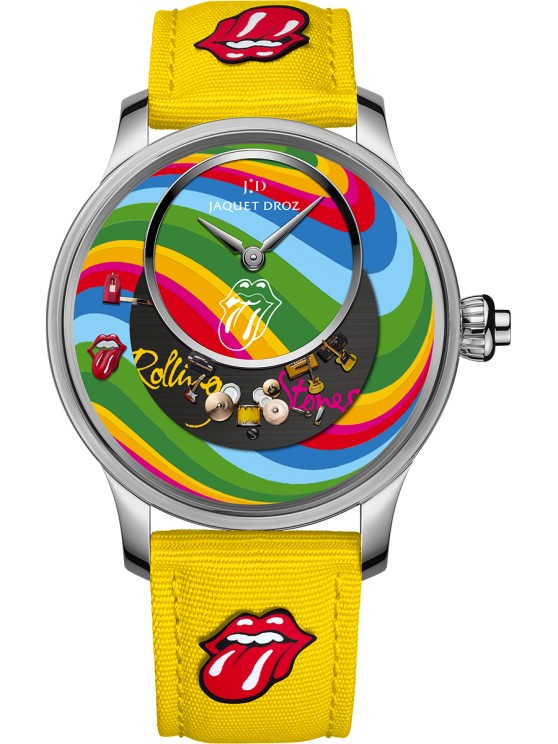
Automata have also made a comeback in clocks, thanks to the dedicated efforts of brands like L’Épée 1839 and MB&F. Their recent co-creation, Albatross, is perhaps the most spectacular automaton of all!
